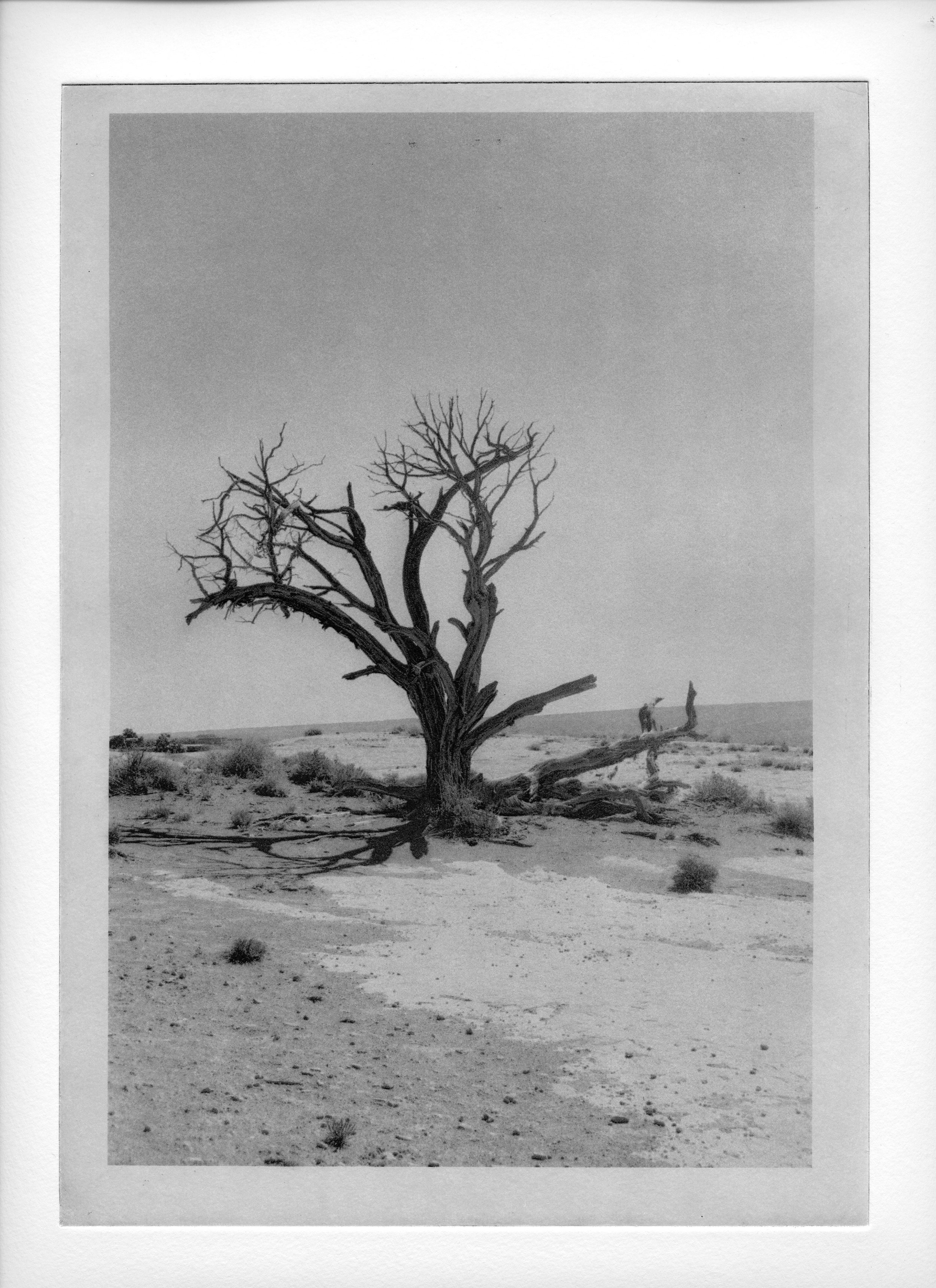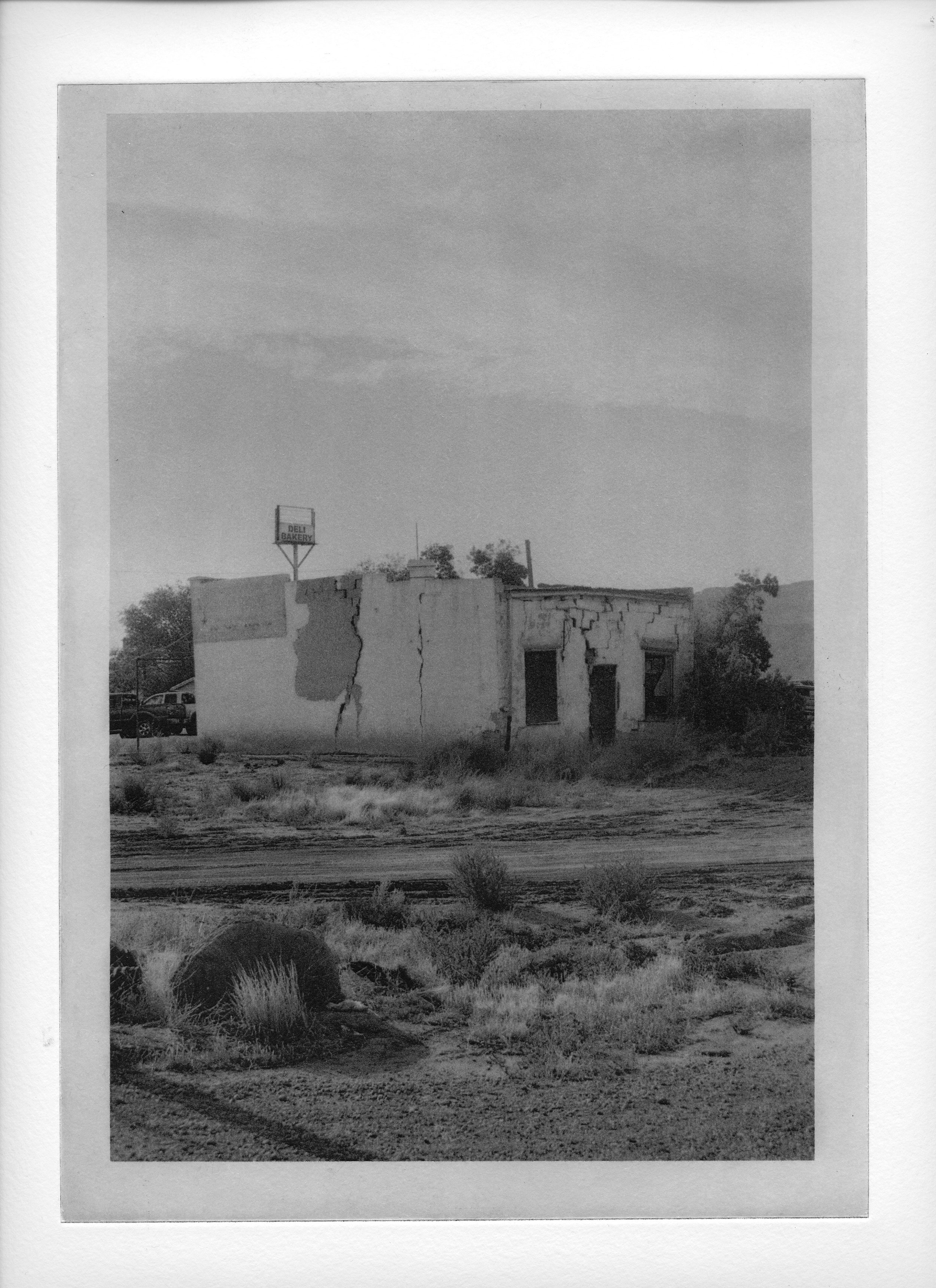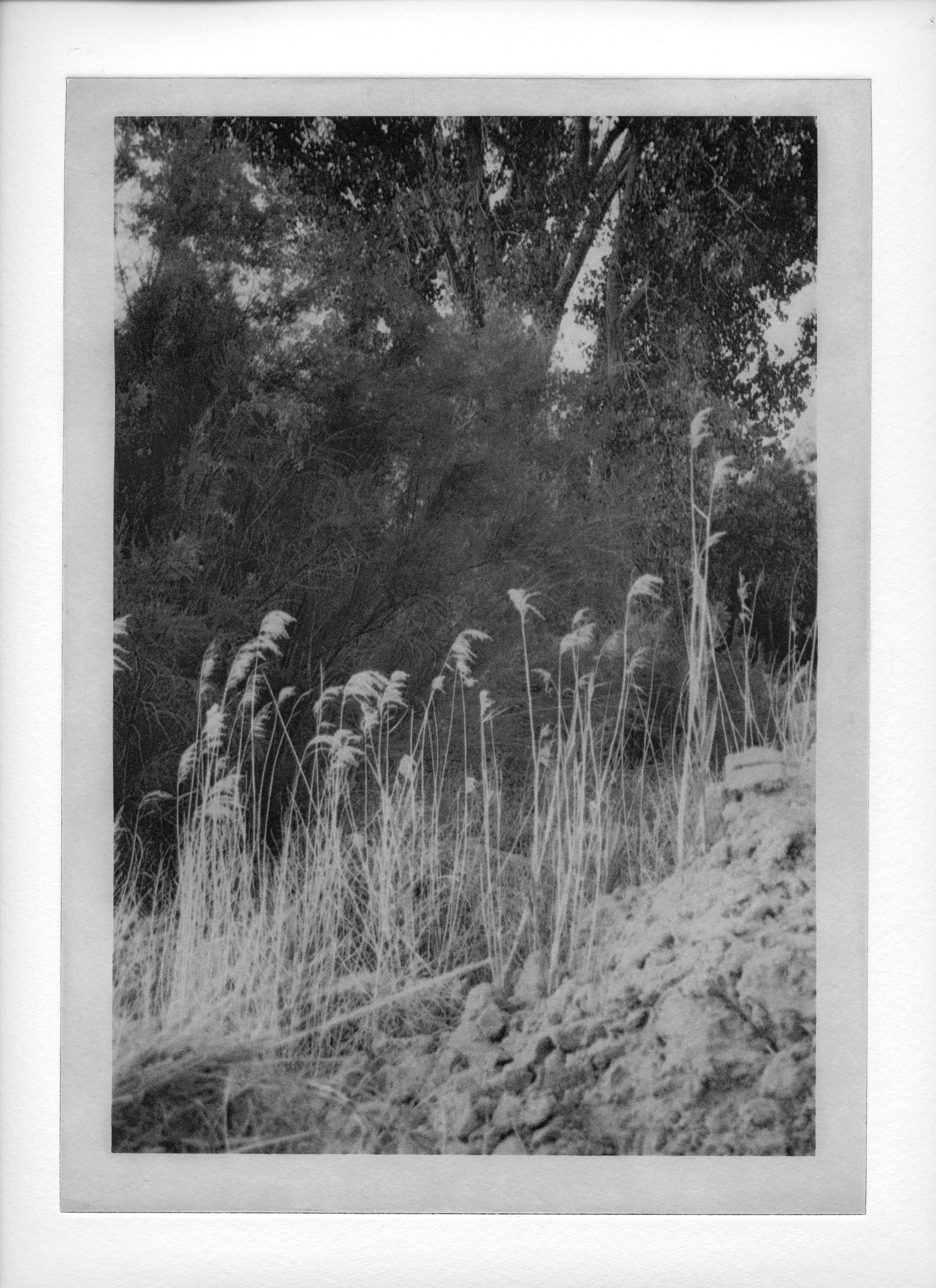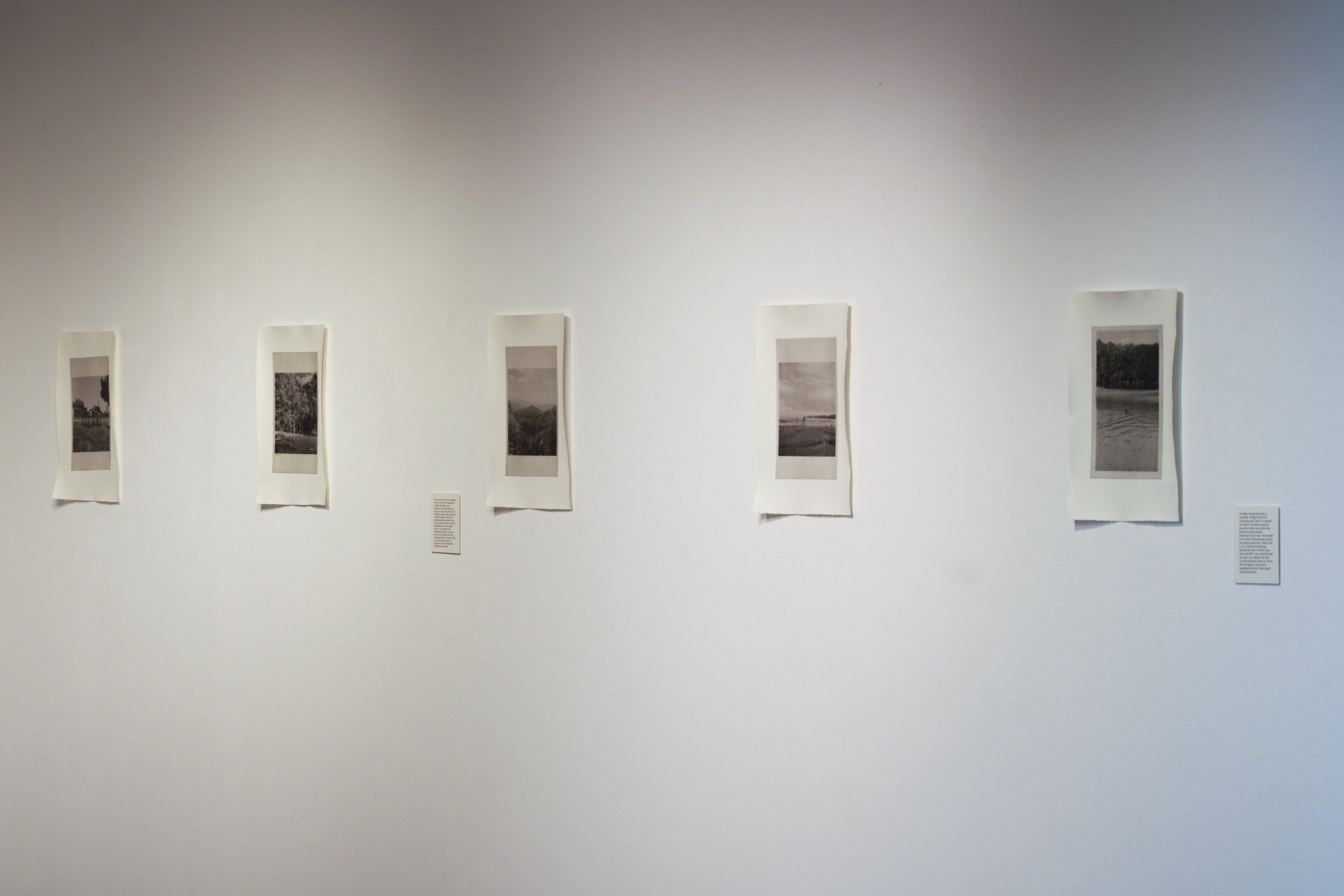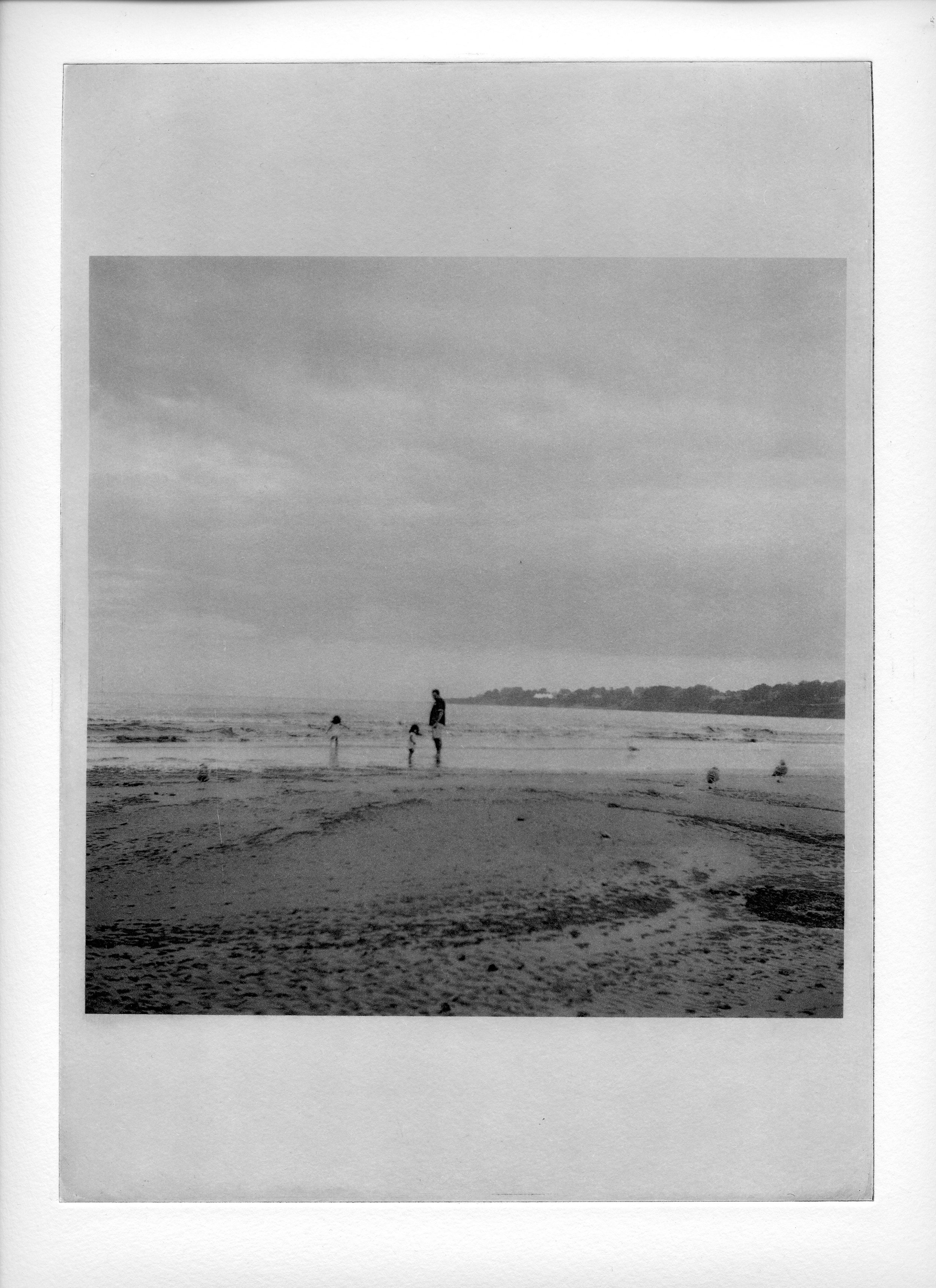Perennial with the Earth
Div III Project - 2025
Our interactions with nature are conscious. Current social, political, and economic structures prioritize infrastructure over the environment, advancing human society by destroying the natural world. And yet, humanity currently demands infrastructure in order to survive. Concrete roadways and gas-powered vehicles take us from place to place. Steel and metal buildings and electricity derived from fossil fuels house and feed us. But the truth remains: if we continue to disregard and destroy the land, there will be no future. There will be no return to flourishing plant and animal life that existed before colonization. There will be no life at all.
How do we reckon with this? If we don’t pause to consider the importance of the land we live on, how can we return to a life of reciprocity with nature? These images are my first step. Throughout three different road trips across the country, I’ve been lucky enough to experience the vast American landscape—from the desert of the Southwest and across the Rocky Mountains, through the Great Plains and along the Appalachian range to the temperate Northeast. Within these mesmerizing landscapes exist a diverse presence of human engagement and interaction with the land. Countless lives and sanctuaries have been built across this land. These images are a thank you, a love letter to a world that has taken care of us for so long.
Am I alone? I don’t remember. No one appears on the sand, or in the water, or next to me. I see myself on the sand—it’s the last day of school, it’s my summer camp’s weekly field trip, it’s the view as I walk my dog. It’s hazy. There are no clouds. La Niña is here. The waves are crashing as they always do. The lifeguard tower is empty as it always seems. If not for the water, it could almost be a desert. I see the beginnings of the magnificent Pacific. That ocean I hold close.
It is a much quicker stop than I had wanted it to be. I am driving through White Sands National Park, pausing to get out any chance I might have. With every stop I pick up more sand. It is truly the desert out here. The air is dry. There is a breeze of sorts, and sand covers the road built through this land. I certainly don’t belong here. I do not walk on the sands. I do not want to disturb the sands. And so I drive away. And with me I take sand in my tires, on my windshield, on my shoes. I cannot help but steal pieces of the land.
These photographs were produced through polymer photogravure printing, a process requiring that same deep attention and care we must have to sustain the earth. First, a positive image is printed onto a photosensitive polymer plate, backed with steel. Once exposed to UV light, parts of the polymer will bond to form a water resistance, while other portions will remain soft and water soluble. After washing off the unhardened polymer and exposing the plate once more, an etching of the image remains, with darker areas of the image creating grooves and valleys within the plate for depositing ink.
To print, a coating of oil-based ink is applied to the plate’s surface. The plate is then wiped three times with a soft cloth called tarlatan, to deposit the ink into the plate’s recesses and remove ink from higher areas. After a satisfactory wipe, the plate is placed face up on the bed of an etching press. A piece of dampened paper is placed face down on top of the plate, followed by the press’s felt blankets. The paper and the plate are rolled through the press, where the pressure forces ink from the plate onto the paper. An archival print, after hours of work, can finally shine.
I am captivated by the layers of rock that have made the formations before me. I am drawn to the meeting of the rocks down below. It appears as though water has carved its way through these forms, but no water resides there anymore. The rocks become the sky. They blend together; they stretch infinitely. There are no park rangers here. No one is protecting this land. I am in awe. I want to slide down these rocks. I want to feel each and every layer. I want to lay between the crevices and feel each brush of grass.
I can’t even tell how many mountains there are up here. The range goes on for miles and miles in every direction. I have been making my way up the coast, but I take my time through the range. Every mountain is carpeted in greenery. There is no single spectacular mountain to see; they each stand together to form this mesmerizing view. I find myself crying. I am so grateful to be witnessing this beauty. I am sad I have no one to share it with. I am tearing up because I am alone. There are no disruptions across the range—not one hint of humanity. Probably as it should be.
He glides through the water so gracefully. Walden Pond is his swimming pool. There is a moment just before a swimmer comes up above the surface, just before they break the surface tension. Submerged in the water. Surrounded by the forest. This swimmer can feel the nature around him. I think I feel it, too. I feel the wind flowing between the trees. I feel the water churn and still. I am carried through the trees. I am rolling in the tide. I am becoming the nature as I feel it flow through me. He seems to appreciate this land. I find myself learning from him.
This project has deepened my gratitude for the earth, and in making these images, I have returned to questioning the making of ourselves with the land in mind. What is our collective stake in the land? How do we learn from nature, and from each other, to keep the land alive?








